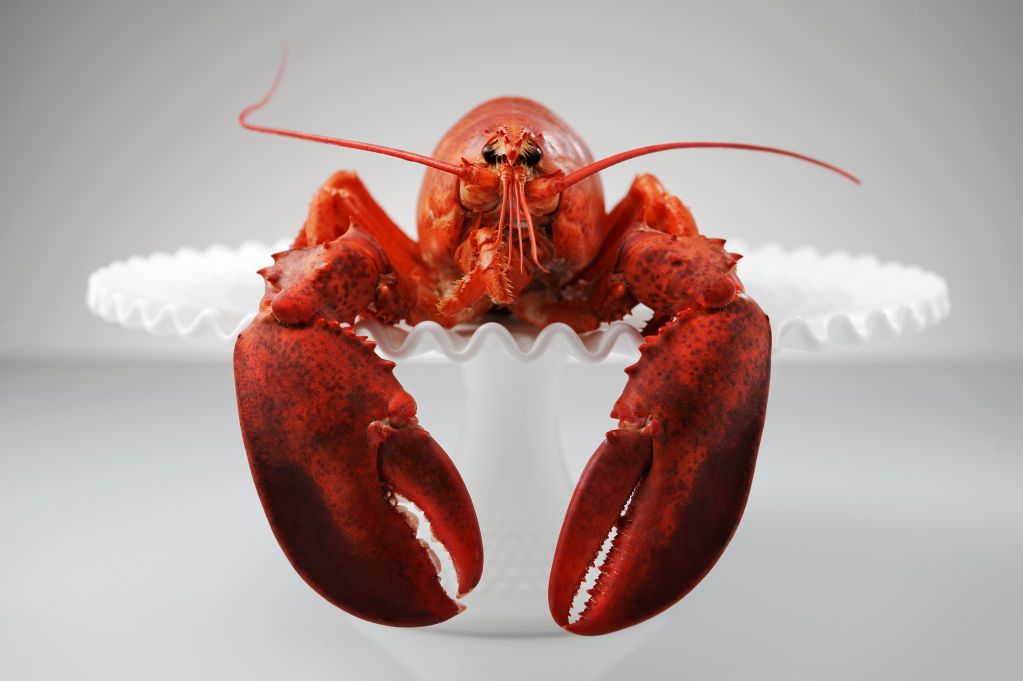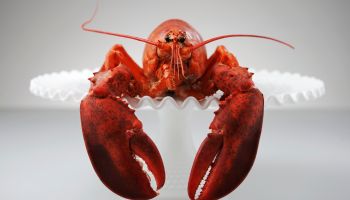
Source: Monalyn Gracia/Corbis/VCG / Getty
Microbiologist @junius_64 hit Twitter with her expertise on why lobsters don’t die of old age, but instead die as victims of their own unfortunate genetics. Get into her fascinating theory below.
Hit the flip for a short Q&A session.
Microbiologist Is Convinced ‘Immortal’ Lobsters Made A Deal With The Devil was originally published on globalgrind.com
















